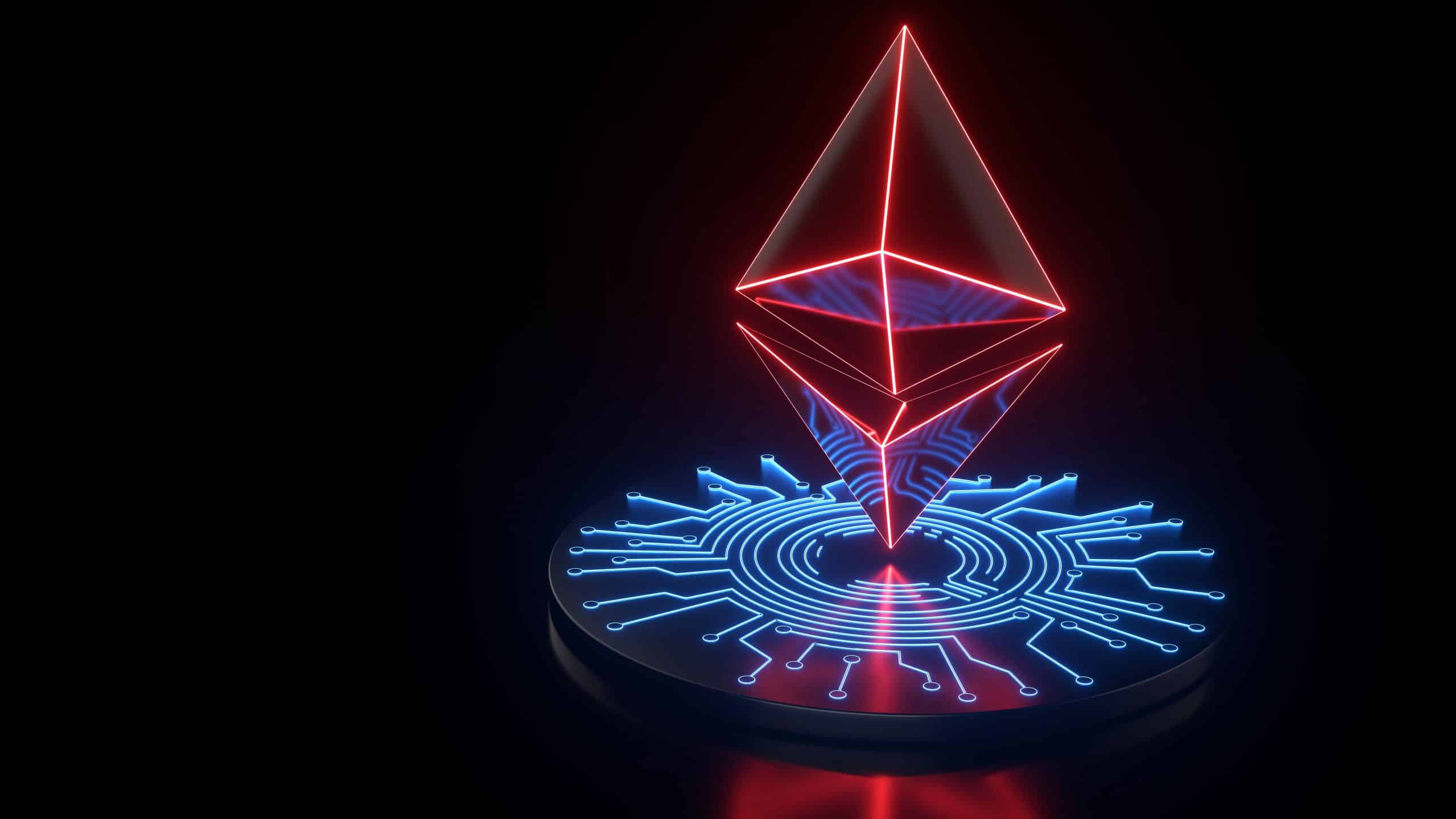The merge is getting closer. Just under two weeks, then Ethereum will get what is perhaps the most important update in its history: the switch to Proof of Stake. So-called stakers replace the miners.
The largest staking service provider is Everstake, based in Ukraine. More than half a million people use the service. They have also been working with Ethereum for two years. We spoke to the head of the company, Sergey Vasilchuck.
BTC-ECHO: You are the largest staking service provider in the world with over half a million users. How did Everstake start?
Sergey Vasilchuck: As a programmer, I worked a lot with banks. Then I discovered Bitcoin and Ethereum, started various projects, such as a crypto exchange. The problem with mining: the blockchains were not fast enough. Then in 2017 came EOS, one of the first Proof of Stake blockchains. It ran almost in real time. I was impressed. That’s how it has to be if we want to conquer the mass market. Staking was the niche I want to be in. A year later I started Everstake.
BTC-ECHO: How do you participate in the merge as a staking pool?
Sergey Vasilchuck: We have been validators at every testnet for two years. That’s basically just the tip of the iceberg. Among them is a whole layer of infrastructure and helpers who often work without financial compensation. Ethereum is slower than other blockchains because they have a big responsibility, over thousands of applications are built on it. A simple mistake could mean their end.
BTC-ECHO: The merge was often postponed. It is now scheduled to take place in mid-September. Is there anything else standing in the way?
Sergey Vasilchuck: The merge is like the first launch of a rocket. Very expensive and complex. People do their best to calculate everything. But shit can happen, even at the last minute. If they find a critical bug, they will cancel it. And that’s good. Most of the risks are well known, but there is still a remnant. I can’t tell you how likely it is that something else will happen.
BTC-ECHO: How does Ethereum benefit from the merge?
Sergey Vasilchuck: We’re basically swapping engineers. Instead of miners, there are now stakers. But nothing changes on the engine for now. Further updates are planned for this. At five percent, the profit for stakers on Ethereum is not as high as on other blockchains. That’s because of the demand. We started with around 20 percent two years ago, and the number of validators slowly went down. But many have also lost money. They couldn’t sell at the all-time high because their tokens were locked in the smart contract.
BTC-ECHO: A current criticism is that around 50 percent of Ethereum’s network nodes run on Amazon Web Services. He could refuse to serve. Hetzner has already done that. Do you see this dependency as a problem?
Sergey Vasilchuck: It’s a huge and dangerous problem. I’ve been drawing attention to this for a while. nobody listens to me people are lazy. They don’t change their behavior until there is a crisis. I think that sooner or later this dependency will get on our feet.
Looking to buy Ethereum (ETH)?
This is possible via eToro, among other things. eToro offers investors, from beginners to experts, a comprehensive crypto trading experience on a powerful yet easy-to-use platform. We took a close look at eToro.
To the eToro review














